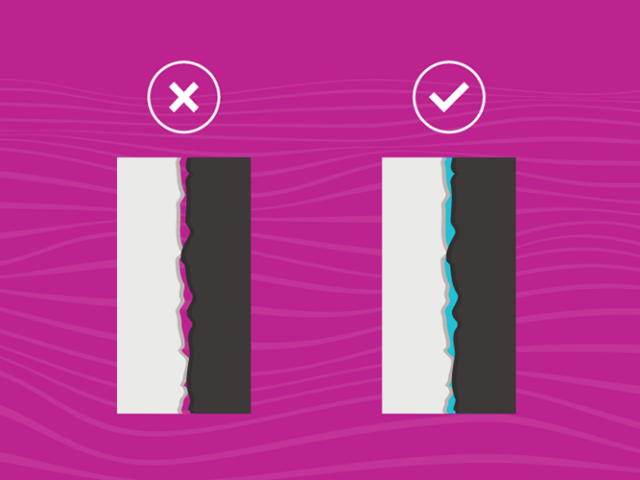With exam season fully underway, it is clear that this year GCSE, A-Level and university students up and down the country are looking to TikTok for help with their revision.
As it stands, the #StudyWithMe hashtag has amassed over 3.7 billion views on the video-sharing platform, while #StudyTips has amassed 3.8 billion.
In light of this, education experts from Arora Medical Education have rounded up six of the most popular revision techniques being viewed and shared on TikTok.
Arora Medical Education’s education experts said: “Many of the study methods we’re seeing on TikTok are not brand new; a lot of them are versions of tried-and-tested methods of interpreting, remembering and recalling information for exams.”
“However, TikTok has allowed many of them to be revived and revamped – and the short run times of these videos mean students can quickly learn how to use many of these methods themselves without needing to read through swathes of revision articles and resources when they’re strapped for time.”
The top six revision methods on TikTok
The Pomodoro technique – work is focussed into intervals, with 25 minutes of ‘deep work’ followed by a five minute break. This technique is ideally suited to those who struggle to focus for long periods of time and those prone to procrastination. See video.
The repetition technique – populated by TikTok accounts like @studentlife101, the repetition method is ideal for memorising key stats, facts, names or quotes for exams. It involves repeating any information you want to memorise by: reading it 10 times; saying it 10 times; and writing it down twice. See video.
Neil Gaiman’s ‘two-option’ focus tool – writer Neil Gaiman originally described this focus technique, which has been populated across TikTok and viewed thousands of times in the past 3 months. It involves only allowing yourself to do either two things: the task at hand or nothing at all. This tactic is suited to people prone to procrastination; it works by preventing you from completing other small tasks like checking your phone, making a coffee, or dipping into other work. See video.
The Four Quarters method – this lifestyle phenomenon has been hugely popular on TikTok, with a total of 4.2 million views to date. It’s not strictly a study technique, but helps with planning your day and boosting productivity and motivation. The method involves splitting your day into four sections: morning (5am-9am), late morning (10am-1pm), afternoon (2pm-7pm) and night time (7pm onward). See video.
The 2,3,5,7 revision plan tactic – this planning technique is ideal for people who like to schedule and/or create calendars for their revision in the lead up to an exam. It involves timing revision for different subjects around a 7 day calendar. See video.
Blurting – an active recall revision method which involves quickly reading through a text book section/notes and then trying to write down as much you can remember without looking back. Once you have finished, you can then look back over the original material and see which sections you missed, which allows you to pinpoint areas that you may have a shakier knowledge in and need to focus your revision on more. See video.
Dr. Aman Arora, CEO of Arora Medical Education and experienced medical educator specialises in designing and teaching revision materials for medical students, junior doctors, and overseas doctors looking to pass required exams.
Dr Aman said: “Repetition has been proven to aid memory, and help cement knowledge. One of the best ways to utilise repetition to remember key snippets of information, important dates, quotes or stats is through the use of flashcards.”
“Flashcards work in two ways: they allow you to synthesise important information into digestible, memorable chunks and they use repetition tactics to help you cement that knowledge.”
“The use of flashcards is best aided with vocal repetition: for example, you could have a peer read the prompt side of the card and you could audibly respond with the answer on the corresponding side.”
“Once you are able to easily recall the information on the corresponding side of the card, remove it from the pile. Keep following this process until you have effectively memorised the information on every card in the pile.”
Dr Aman added: “Another great revision tactic is through the use of audio. Many people find that listening to information makes it more comprehensible than reading it. Understanding the information needed for any exam is the most effective way to be able to not only remember, but also use and apply it in an exam scenario. Doing this will make you much more likely to pass, as you’ll be less likely to be thrown off if questions are phrased differently, or brand new scenarios are used.”
“As well as this, combining two sensory methods such as audio-visual learning in the form of online courses can help those who prefer audio-visual learning as well as reinforcing learning for pure audio or visual learners.”




